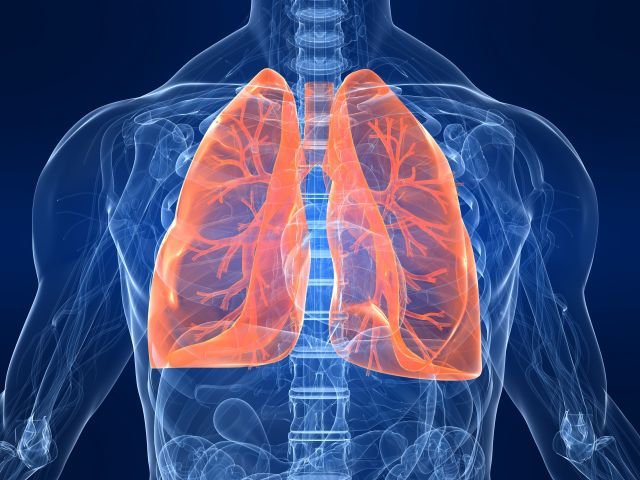A Monash University-led quest to improve early screening and detection of silicosis, an incurable and deadly occupational lung disease caused by breathing in silica dust, has received a welcome boost.
Associate Professor Jane Bourke, Monash Biomedicine Discovery Institute’s (BDI) Head of Respiratory Pharmacology, has been awarded funding totalling $416,000 across two research projects on silicosis.
The first reported case of engineered stone-induced silicosis in Australia was in 2015, rising to more than 600 cases by 2022. It is expected that there will eventually be more than 100,000 cases of silicosis across Australia.
Silicosis affects an estimated one in four engineered stoneworkers, as well as miners and tunnellers. When they cut, crush, drill or polish materials that contain silica, such as engineered stone benchtops or natural sandstone, this generates crystalline silica dust. The silica particles are so small that they lodge deep in the lungs and cause inflammation and irreversible scarring in the lungs, which results in declining lung function.
The first project, awarded by the Victorian Medical Research Acceleration Fund (VMRAF) for $93,500 in 2023, will look at early screening of people to see if they have chemical signatures representing silicosis. The second, funded by the Dust Diseases Board of NSW (DDB) through icare for $322,500 across 2023-2025, is for testing of therapeutic agents which can ameliorate or prevent progression of lung scarring characteristic of silicosis.
“At present, only people with symptoms are presenting to hospitals, which means many more may be developing disease, but not know about it,” Associate Professor Bourke says. “That’s why early detection in the workplace is so important.
“What usually happens during a disease process involving inhaled foreign substances is that immune system cells in the body can detect and destroy them. Unfortunately, this defence mechanism isn’t helpful when exposed to silica dust because silica cannot be destroyed or removed. Silica remains in the lungs and causes constant and persistent inflammation and lung scarring. What we’re planning to do is obtain a unique biochemical profile of this response to silica, to develop a signature of ‘biomarkers’ in exhaled breath.
“We want to make sure that workers are aware of the dangers of silica dust and provide them with the best chance to catch potential lung disease early, before irreversible damage has occurred.”
Having a non-invasive test that is simple to administer would enable population-based screening programs, a critical next step in dealing with silicosis. So too is having therapeutics which can reverse lung scarring caused by the disease.
Associate Professor Bourke’s research project is one of those selected for funding by the DDB to investigate various potential therapeutic agents for silicosis. Annually, the DDB, through icare, funds research and other activities into the causes, mechanisms, diagnosis, treatment, and prevention of dust diseases with the aim to reduce the risk of dust diseases and improve outcomes for those whose lives are impacted.
“In silicosis, the inhaled silica particles cause irritation and damage when they lodge deep in the lungs,” Associate Professor Bourke said. “The body then generates collagen, which damages the lungs and goes on to form scar tissue, or fibrosis, and eventually, lung function is compromised. We plan to test a number of drugs to reverse the scarring, so there won’t be a fatal build-up of scar tissue.”
Associate Professor Bourke said that her research team had developed a model for specifically testing silicosis drugs in human tissue.
“We will take microscopic slices of tissue from human lungs, donated but not used for transplantation,” she said. “We will expose them to silica dust and inflammatory protein cocktails found in the lungs of silicosis patients to cause lung damage and scarring. This will mimic the environment in the silicotic lung. Then, excitingly, we can test two anti-fibrotic drugs (already approved and shown to be effective in another lung disease) and two promising novel in-house drugs to target inflammation and fibrosis in silicosis.”
Professor Rob Widdop, Head of the Department of Pharmacology at the Monash BDI, collaborates with Associate Professor Bourke on other lung-related projects. “It is imperative that effective diagnostics and treatments for this crippling lung disease are developed,” he said. “Jane has not only been at the forefront of research in this area for many years, but she has also worked closely and extensively with those impacted by the disease, advocating for sector-wide changes.”
Text by: Monash University








